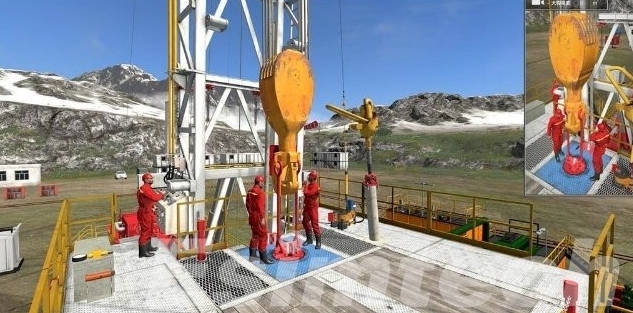We use cookies to personalise site content, social media features and to analyse our traffic. We also share information about your use of this site with our advertising and social media partners.
Posted by - qian liu -
on - March 21, 2024 -
Filed in - Other -
835 Views - 0 Comments - 0 Likes - 0 Reviews

The oil and gas industry is facing a dual challenge: meeting the world's energy demands while minimizing its environmental impact. This has led to a growing focus on sustainability in all aspects of the industry, including oil rig construction.
Traditional rig construction methods rely heavily on steel, concrete, and other resource-intensive materials. Additionally, the construction process itself can generate significant waste and air pollution. However, a wave of innovation is transforming how oil rigs are built, with a focus on reducing their environmental footprint.
Recycled Content: Steel mills are increasingly offering steel products with a high percentage of recycled content. Utilizing these materials in rig construction reduces reliance on virgin resources and lowers the overall carbon footprint.
Advanced Composites: Research is underway to explore the use of lightweight, high-strength composite materials in rig construction. These materials offer potential advantages like reduced weight (leading to lower emissions during transportation) and improved corrosion resistance, extending rig lifespan.
Life Cycle Assessments: Employing life cycle assessments during the design phase helps identify opportunities to use materials with lower environmental impact throughout the rig's life cycle, from construction to decommissioning.
Modular Construction: Building rigs in sections onshore and assembling them offshore can minimize waste generated at the construction site. This approach also allows for greater control over emissions and environmental impact during the construction phase.
Digital Tools: Advanced 3D modelling software and digital simulations can optimize rig design, minimizing material usage and streamlining construction processes. This reduces waste and improves resource efficiency.
Waste Management: Implementing stricter waste management plans during construction ensures proper disposal or recycling of materials, minimizing environmental damage.
While significant progress is being made, challenges remain. The initial cost of some sustainable materials and technologies may be higher. Additionally, integrating new practices into established workflows requires adaptation and training for workers.
However, the long-term benefits of sustainable rig construction are undeniable. By embracing these practices, the oil and gas industry can reduce its environmental impact, improve its public image, and ensure a more sustainable future for energy production. As technology advances and costs come down, sustainable practices are likely to become the norm in oil rig construction. This shift will contribute to a greener future for the industry and the planet.

“To assist disaster survivors by providing a source for them to come together in time of need, to aid in the listing of events, information and other forms of assistance, and continuing support through the recovery process.”
Share this page with your family and friends.